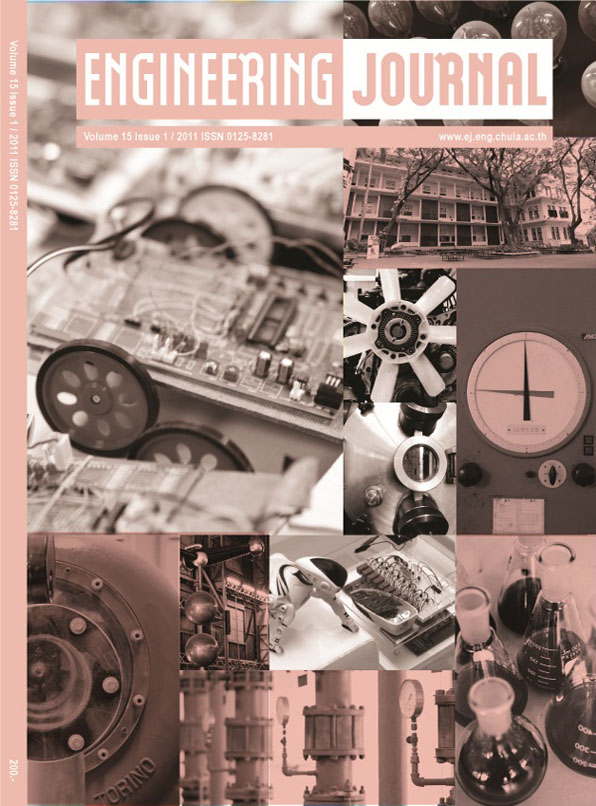Contribution of GNSS CORS Infrastructure to the Mission of Modern Geodesy and Status of GNSS CORS in Thailand
DOI:
https://doi.org/10.4186/ej.2011.15.1.25Keywords:
GNSS, CORS, geodesy.Abstract
Geodesy is the science of measuring and mapping the geometry, orientation and gravity field of the Earth including the associated variations with time. Geodesy has also provided the foundation for high accuracy surveying and mapping. Modern Geodesy involves a range of space and terrestrial technologies that contribute to our knowledge of the solid earth, atmosphere and oceans. These technologies include: Global Positioning System/Global Navigation Satellite Systems (GPS/GNSS), Satellite Laser Ranging (SLR), Very Long Baseline Interferometry (VLBI), Satellite Altimetry, Gravity Mapping Missions such as GRACE, CHAMP and GOCE, satelliteborne Differential Interferometric Synthetic Aperture Radar (DInSAR), Absolute and Relative Gravimetry, and Precise Terrestrial Surveying (Levelling and Traversing). A variety of services have been established in recent years to ensure high accuracy and reliable geodetic products to support geoscientific research. The reference frame defined by Modern Geodesy is now the basis for most national and regional datums. Furthermore, the GPS/GNSS technology is a crucial geopositioning tool for both Geodesy and Surveying. There is therefore a blurring of the distinction between geodetic and surveying GPS/GNSS techniques, and increasingly the ground infrastructure of continuously operating reference stations (CORS) receivers attempts to address the needs of both geodesists and other positioning professionals. Yet Geodesy is also striving to increase the level of accuracy by a factor of ten over the next decade in order to address the demands of “global change” studies. The Global Geodetic Observing System (GGOS) is an important component of the International Association of Geodesy. GGOS aims to integrate all geodetic observations in order to generate a consistent high quality set of geodetic parameters for monitoring the phenomena and processes within the “System Earth”. Integration implies the inclusion of all relevant information for parameter estimation, implying the combination of geometric and gravimetric data, and the common estimation of all the necessary parameters representing the solid Earth, the hydrosphere (including oceans, ice-caps, continental water), and the atmosphere. This paper will describe the background to the establishment of GGOS, discuss the important role to be played by GPS/GNSS infrastructure in realising the GGOS mission and provide an update status of GNSS CORS in Thailand.
Downloads
Downloads

Authors who publish with Engineering Journal agree to transfer all copyright rights in and to the above work to the Engineering Journal (EJ)'s Editorial Board so that EJ's Editorial Board shall have the right to publish the work for nonprofit use in any media or form. In return, authors retain: (1) all proprietary rights other than copyright; (2) re-use of all or part of the above paper in their other work; (3) right to reproduce or authorize others to reproduce the above paper for authors' personal use or for company use if the source and EJ's copyright notice is indicated, and if the reproduction is not made for the purpose of sale.









